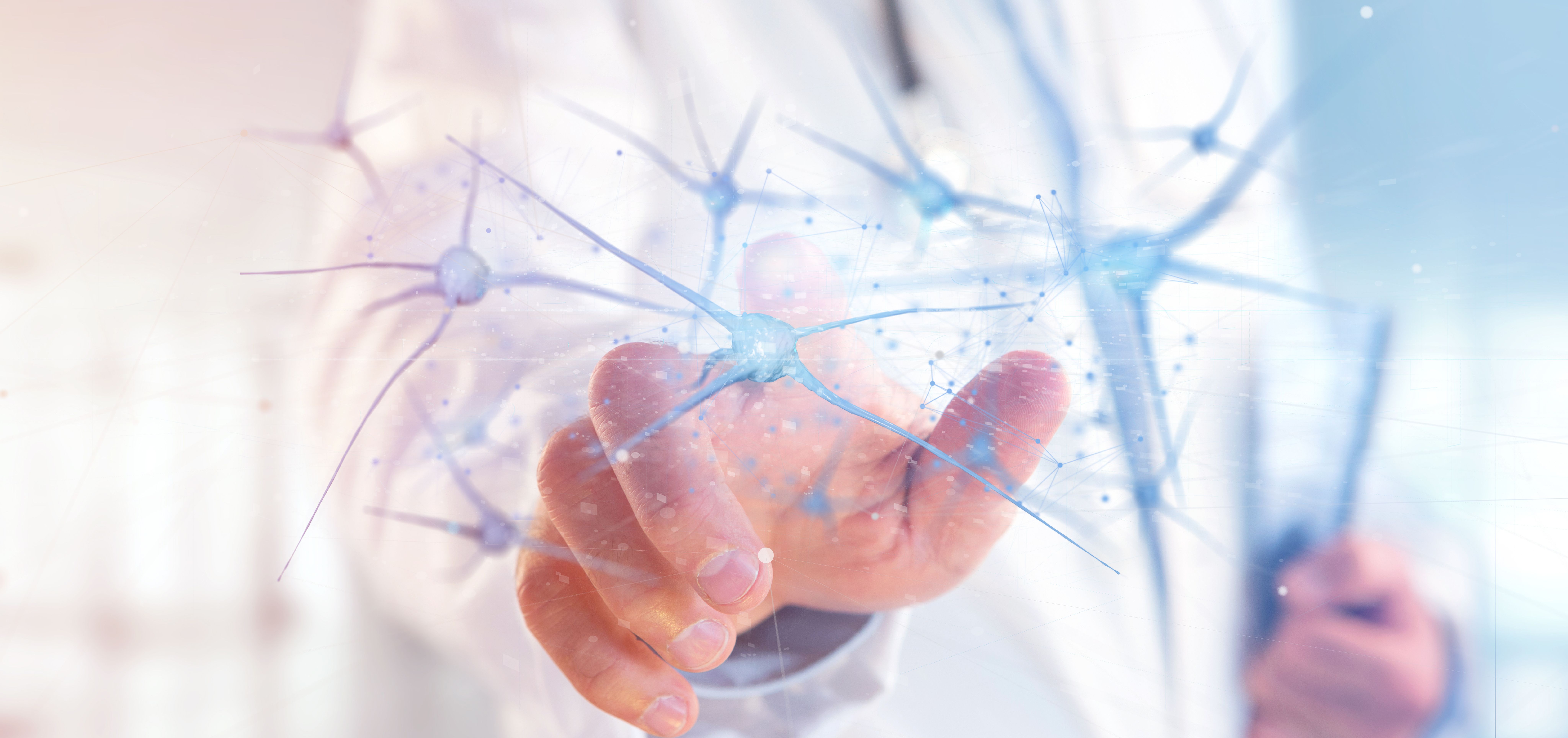Phase 1 study demonstrates positive results for DARE-HRT1 as VMS treatment
In a recent phase 1 trial, DARE-HRT1 showed positive safety and acceptability results for treating moderate-to-severe vasomotor symptoms in postmenopausal women.
Phase 1 study demonstrates positive results for DARE-HRT1 as VMS treatment | Image Credit: © Production Perig - © Production Perig - stock.adobe.com.

A phase 1 trial showed positive safety and acceptability results for DARE-HRT1,1 an ethylene vinyl acetate copolymer intravaginal ring (IVR) designed as a menopausal hormonal therapy, Daré Bioscience has announced.
DARE-HRT1 releases bio-identical 17β-estradiol (E2) and progesterone (P4) throughout 28 days and is used in women with intact uteri to treat moderate-to-severe vasomotor symptoms (VMS) caused by menopause. If it continues to show positive results, DARE-HRT1 may be the first FDA-approved product offering convenient and monthly vaginal delivery of combination therapy.
According to the North American Menopause Society (NAMS), combination dosing of estrogen and progesterone may lead to important benefits in women, with an advantage observed in non-oral routes of administration.
The trial was an open label, 3-group study.2 There were 32 healthy postmenopausal women participating in the study, with a mean age of 57.2 years.
In the first group, women received an 80/4 IVR releasing 80 μg/d of E2 and 4 mg/d of P4 for 28 days. The second group received a 160/8 IVR releasing 160 μg/d of E2 and 8 mg/d of P4.Oral Estrofem of 1 mg E2 and Prometrium of 100 mg P4 was given to the third group daily for 29 days.
Blood sample collection occurred predose, intensely throughout day 1, and periodically over the following 27 days. Intensive samples were also collected on day 29, following IVR removal. Validated bioanalytical methods were used to analyze plasma samples for estrone (E1), E2, and P4.
For women using the 80/4 IVR, adjusted steady-state plasma levels were 20.4 ± 17.1 pg/mL of E2 and 1.32 ± 0.19 ng/mL of P4. For the 160/8 IVR, plasma levels were 30.9 ± 8.7 pg/mL of E2 and 2.08 ± 0.50 ng/mL of P4.
Plasma levels in the oral group were 35.4 ± 11.2 pg/mL of E2 and 0.79 ± 0.72 ng/mL of P4 on day 29. E1 levels were 22.1 ± 16.6 pg/mL for the 80/4 IVR, and 25.2 ± 12.3 pg/mL for the 160/8 IVR, and 209 ± 67.7 ng/mL for oral medication.
Steady concentrations of E2 were administered for the 80.4 IVR and 160/8 IVR, similar to concentrations seen for products approved by the FDA for treating VMS and genitourinary symptoms of menopause. These are promising results for treating VMS and vaginal menopause symptoms using DARE-HRT1.
Reference
1. Daré Bioscience announces publication of positive safety and acceptability data from phase 1 clinical trial that support the potential of DARE-HRT1 intravaginal ring as a new menopausal hormone therapy. Dare Bio. April 18, 2023. Accessed April 18, 2023. https://ir.darebioscience.com/news-releases/news-release-details/dare-bioscience-announces-publication-positive-safety-and
2. Hull L, Stuckey B, Hartman K, Zack N, Friend D. Evaluation of 28-day estradiol and progesterone vaginal rings in a phase 1 clinical pharmacokinetic study. Menopause. 2023;30(4):427-436. doi:10.1097/GME.0000000000002148
S4E3: Myfembree for moderate-to-severe endometriosis pain: Potential for adolescents
March 2nd 2022In this episode of Pap Talk, Contemporary OB/GYN® Associate Editor Lindsey Carr sat down with Jessica Shim, MD, an attending at in the Division of Gynecology, Department of Surgery, Boston Children’s Hospital; Harvard Medical School Boston, Massachusetts, to discuss Myfembree (relugolix, estradiol, and norethindrone acetate tablets; Myovant Sciences, Pfizer) and its possible approval in May 2022.
Listen
S4E1: New RNA platform can predict pregnancy complications
February 11th 2022In this episode of Pap Talk, Contemporary OB/GYN® sat down with Maneesh Jain, CEO of Mirvie, and Michal Elovitz, MD, chief medical advisor at Mirvie, a new RNA platform that is able to predict pregnancy complications by revealing the biology of each pregnancy. They discussed recently published data regarding the platform's ability to predict preeclampsia and preterm birth.
Listen
